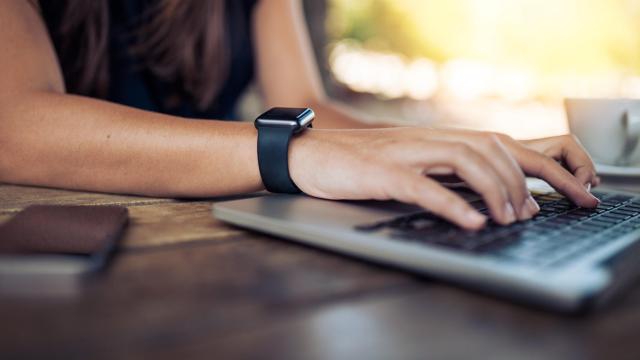If you go to a library to look for a book, it shouldn’t take much time to find what you need. That, of course, is because libraries are meticulously organised. And your laptop shouldn’t be much different — it’s your personal library of what’s important to you. The best way to keep track of your digital life is to stay organised, so let’s consider a few ways to sort your files and minimise your storage usage.
Keep your files small
When your files are disorganized, finding a specific document can a needle in a haystack, even with the help of a search feature like Spotlight, especially if you don’t use a specific naming convention. Instead, keep an organised file and folder structure — even better if you can set up your folder structure right from the start when you buy a new laptop. There’s no perfect folder structure, but the most effective ones will allow you to intuitively find what you need.
Make sure that you don’t fill up your computer’s Read-Only Memory with unnecessarily large files. It helps to keep your files small, so zip them together when you can, like if you’re migrating your data to a new lap.
If you have a lot of data, a dedicated file-compression software is useful. Winzip is the most popular, but it costs about $US30 ($38). Other file-compression programs include 7-zip (arguably the best open-source file compression option), WinRAR, PeaZip, and Zipware.
Change your default download location
Usually, the default location when you download files is the Download folder on your laptop, which can get messy quickly (the files will be out of sight, out of mind, but not out of your computer’s memory). Instead, save downloaded files to a different, perhaps more visible location — your desktop is a good choice, but you can choose any other folder you want.
It’s easy to ignore or forget what you’ve downloaded, so each time you save a file, select a folder outside of the default location whenever it makes sense. You can also change the default download location from your browser. (In Chrome, for example, go to Downloads > Advanced Settings.)
Choose a personal organisation method
Most often, you’ll want to build an organisation strategy around either the date or file type. The good thing about a date-based file organisation is that you can easily find files from a certain period — for example, if you’re looking for general bank statements from 1996, you can easily search for the year and then browse through your subfolders. Or, you can start with your own folder types instead — especially useful if you want to separate your personal files from your work files, or some other large data category, and branch out your subfolders from there.
Whatever you choose as your primary folders, the goal should be to make subfolders inside your folders to keep like files contained in a way that’s intuitive to how your brain works. There’s no right or wrong choice.

Leave a Reply
You must be logged in to post a comment.